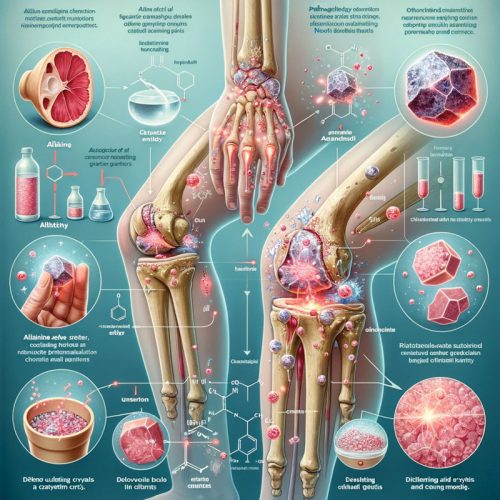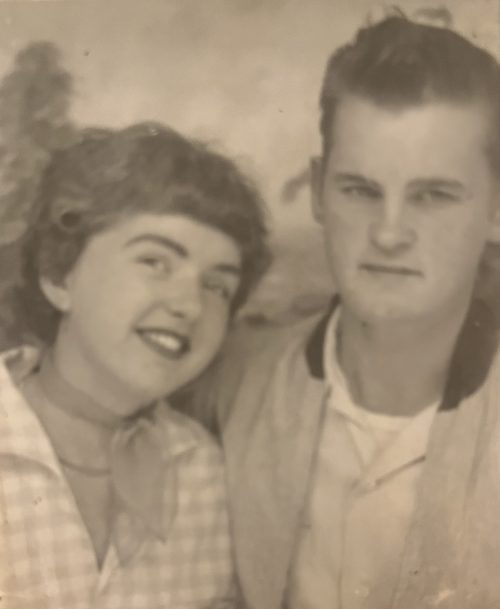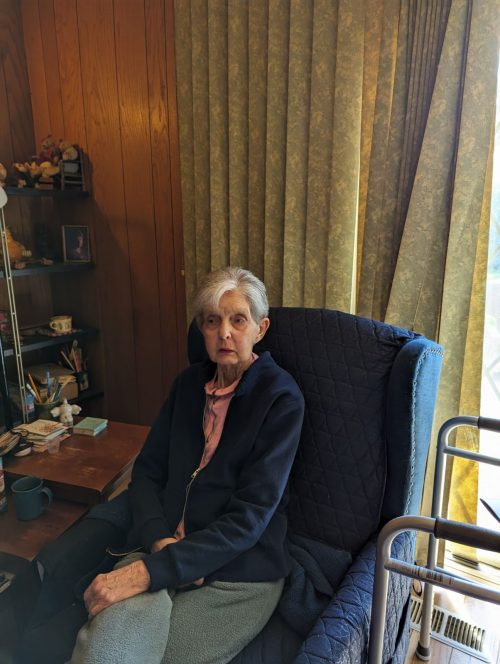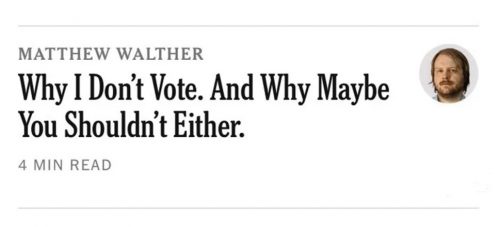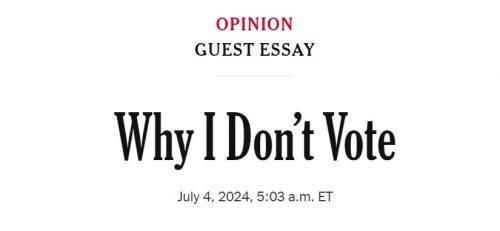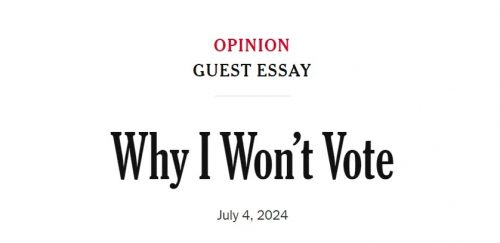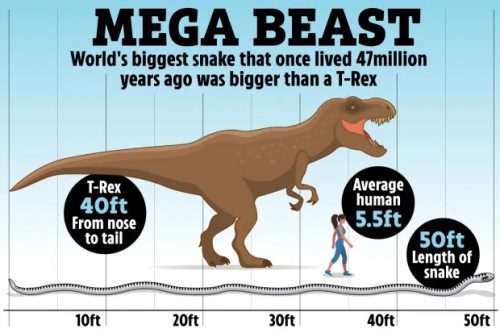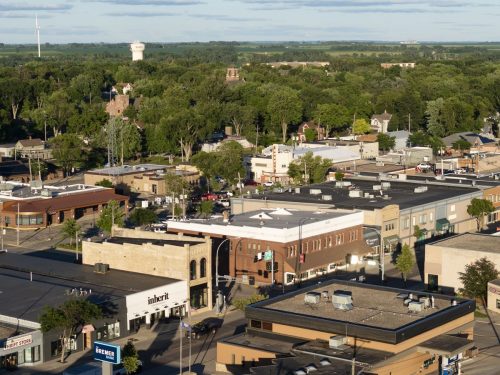I woke up this morning with terrible sharp pains in my knee — I guess I’d been sleeping too hard. Naturally, an article titled Assessment of the efficacy of alkaline water in conjunction with conventional medication for the treatment of chronic gouty arthritis: A randomized controlled study caught my eye. Maybe it wasn’t about sleeping in an awkward position at all, but rather, I hadn’t been drinking sufficiently alkalized water! That would be easily fixed. I waded through all the statistics to get to the final summary diagram.
I am reassured that my tibia and fibula, and that unexpected third lower limb bone, have not yet begun to regress and break up into little tarsal bones. I don’t know about whether I’m full of pink and purple crystals, but who knows? Maybe my knee crystals were triggered into deaghtin citcliaell geucis.
This paper was the work of the Guangdong Provincial Hydroelectric Hospital & Paper Mill. How can you not trust it?

